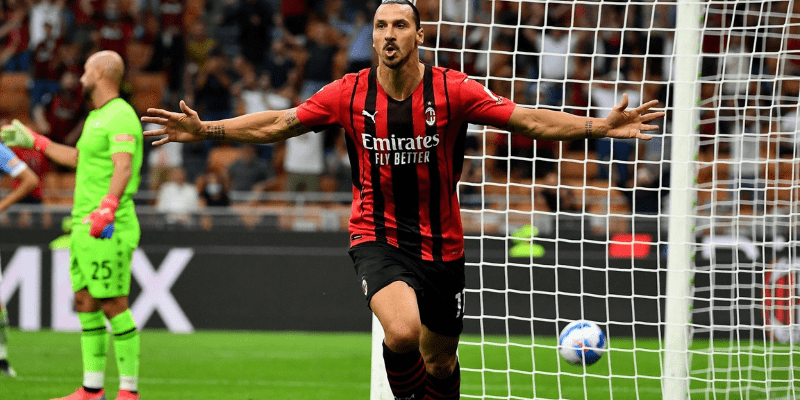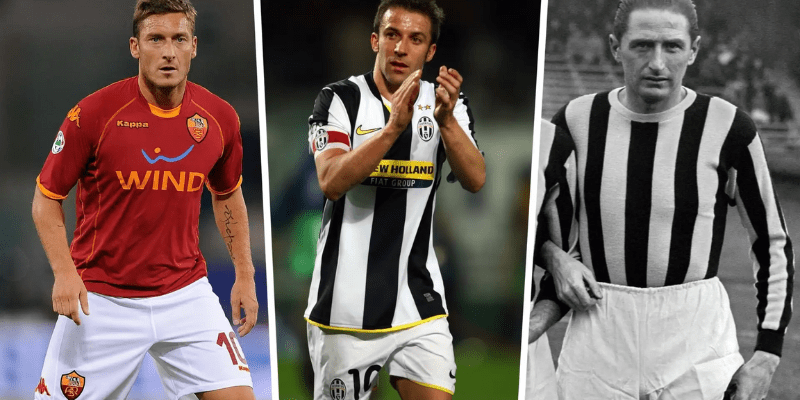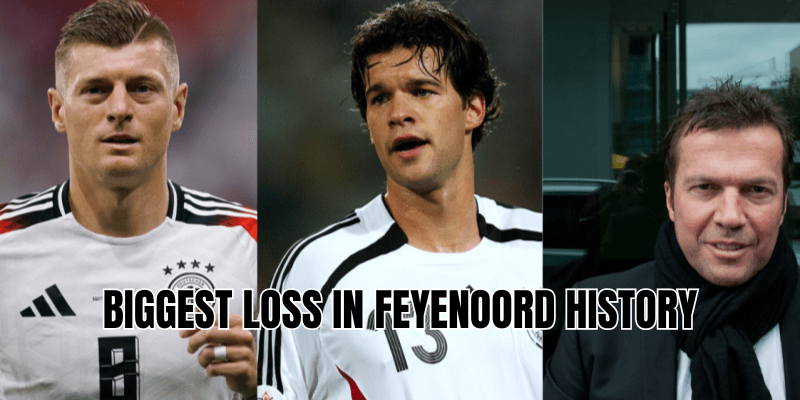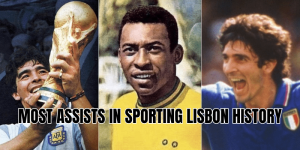Football has a way of creating indelible scars in a club’s tapestry — nightmarish nights that linger in memory long after the match ends. For Feyenoord, that darkest stain came in October 2010, when the Rotterdam giants endured the biggest loss in Feyenoord history: a humiliating 10–0 thrashing by PSV. In this article, BKKGoal brings you deep into that fateful day, unravels how it compares with other heavy defeats in Feyenoord’s legacy, and explores how the club recovered.
The Day Rotterdam Collapsed: PSV 10-0 Feyenoord

On 24 October 2010, the Eredivisie fixture at Philips Stadion turned into a horror show for Feyenoord. The scoreboard read PSV 10, Feyenoord 0 — not just a disastrous result, but officially the worst in the club’s history.
The match was chaotic, they unraveled: in-form PSV forward Jonathan Reis netted a hat-trick, Jeremain Lens scored a brace, while Ibrahim Afellay, Ola Toivonen, Balázs Dzsudzsák (twice), and Orlando Engelaar all got on the scoresheet. The onslaught never halted. The Rotterdam squad, battered psychologically and tactically, simply folded under pressure.
In the post-match fallout, coach Mario Been called it “a dark day” for the club. Defensive breakdowns and individual errors compounded into collective collapse. One of the defenders lamented: “After the first goal and the red card, everyone just played their own match.”
Goalkeeper Rob van Dijk was between the sticks and would later retire after that season. That match remains a blemish on his playing career and Feyenoord’s record books. Reports at the time confirmed that the 10–0 loss eclipsed previous heaviest defeats, including an 8–2 reverse to Ajax in 1983.
The magnitude of the loss shocked even seasoned observers. PSV’s dominance was total — possession, finishing, movement, discipline — everything was one-sided. For Feyenoord fans, it was a night best forgotten.
Other Heavy Losses In Feyenoord History

While the 10–0 match is the clear nadir, Feyenoord’s history has seen a few harrowing defeats that serve as cautionary footnotes in the club’s storied path. Let’s put them side by side.
8–2 vs Ajax (18 September 1983)
Before the PSV rout, Feyenoord’s heaviest defeat at least in top-flight and high-profile matches was this one: an 8–2 loss to Ajax in Amsterdam. In the heated rivalry of De Klassieker, it remains one of the worst outings for Feyenoord.
That match carried weight not just in scoreline but in symbolism. It occurred when Johan Cruyff was at the club, and the defeat stung extra because of Ajax’s dominance in that era.
6–0 Defeats
Over the decades, Feyenoord has also lost by 6–0 on a few occasions — including against Ajax (in 1975 and 1999) and PSV (in 1991, 1958). But none of those matches touched the scale of the 2010 debacle.
Others in Cup or Regional Play
Outside domestic league play, there may have been local cup matches or early cup rounds with lopsided results, but none reached public prominence or entered record compendia as the biggest loss in Feyenoord history.
Thus, the PSV 10–0 result stands not merely as the worst in league play, but in virtually all formats in which Feyenoord has competed at a high level.
Anatomy Of A Collapse

What went wrong that night in Eindhoven? Multiple layers of failure came together to produce an inevitable meltdown.
1. Red Card and Numerical Inferiority
Feyenoord’s dismissal in the 34th minute left them playing a man down early. In facing a clinical PSV side, that disadvantage proved fatal.
2. Defensive Disintegration
Once the red card came, defensive organization crumbled. The defenders lost shape, communication failed, and individual mistakes became systemic. Each subsequent goal chipped away at morale and structure.
3. Attacking ruthlessness by PSV
PSV showed no mercy. Their forwards made sharp runs, their passing unlocked spaces, and their finishing was composed. They exploited every gap, every misstep, every moment of confusion.
4. Psychological collapse
As the goals piled up, Feyenoord’s mental resilience cracked. Players began acting in isolation; cohesion evaporated. The match ceased to be about tactics — it became a scramble for survival, which PSV turned into a rout.
5. No effective recovery
After the red card and the first few goals, attempts to regroup failed. Substitutions, tactical switches — none stemmed the tide. The collapse fed on itself until the final whistle. In club history, this is not just a bad defeat — it was total breakdown across all fronts.
Aftermath And Reflections
The blow of 10–0 left deep wounds at Feyenoord — with fan outrage, media scrutiny, internal questioning. How did the club rebound?
Immediate consequences
- Coach Mario Been came under huge pressure. He publicly described the loss as “spine-shaking” and “a night I’ll never forget.”
- The club management, players, and supporters had to confront structural weaknesses — squad depth, defensive rigidity, mental readiness.
- For Rob van Dijk, that match marked a bitter closing chapter; he retired at season’s end.
Longer-term lessons
Feyenoord reorganized defensively in subsequent seasons, placed more emphasis on squad balance, mental resilience, and rotation. The club’s culture learned a reminder: even giants can fall catastrophically if structure collapses.
In later seasons, Feyenoord began reasserting dominance in the Dutch game — titles, cups, European adventures. But that 10–0 remains a cautionary legend: no day is too sacred to guard against collapse.
Comparison With Other Big Football Blowouts
To appreciate how extreme the biggest loss in Feyenoord history is, it’s useful to glance across world football. Here are some infamous blowouts:
- Barcelona 8–2 Bayern Munich (2020 Champions League) — a tactical and defensive disaster.
- Manchester United 9–0 Southampton (2021, EPL) — a record margin in Premier League era.
- Liverpool 9–0 Bournemouth (2022) — red cards, collapse, chaos.
- In Dutch football, PSV themselves beat Go Ahead Eagles and FC Volendam 10–0 in earlier decades.
But for Feyenoord, no rival match, no cup horror, no European shock ever surpassed that 10-goal abyss. It remains the high watermark of humiliation in their annals.
Why This Match Resonates Through Generations
It’s not just about the scoreline. The 10–0 defeat carries symbolic weight because:
- Identity Club Shock: Feyenoord is one of the “big three” in Dutch football. When a giant falls like that, it resonates.
- Narrative Memory: The date, the margin, the pain — fans remember where they were, who they supported, which TV channel they watched.
- Learning Point: It stands as a perennial lesson in football humility, tactical discipline, and psychological tenacity.
- Contrast for Revival: Every time Feyenoord rises again, supporters reflect on how they emerged.
Conclusion
The biggest loss in Feyenoord history remains the haunting 10–0 defeat to PSV on 24 October 2010 — a result that eclipsed every prior defeat in scale, shame, and impact. That crushing day combined red card misfortune, defensive failure, ruthless opponent execution, and collective psychological collapse. Other heavy defeats dotted the club’s past — such as the 8–2 loss to Ajax in 1983 — but none matched the sheer devastation of that night in Eindhoven.
If you’re a fan of Feyenoord, Dutch football, or football history, this match deserves to be remembered — not just as a record, but as a story of fall and redemption. At BKKGoal, we invite you to dive deeper: explore how Feyenoord rebuilt, compare this historic loss with other clubs’ worst days, or replay the goals (if you dare).
Want to read more about Feyenoord’s greatest comebacks or their heaviest wins? Let’s continue this journey together — next stop: the greatest victories that rewrote the club’s legacy.







